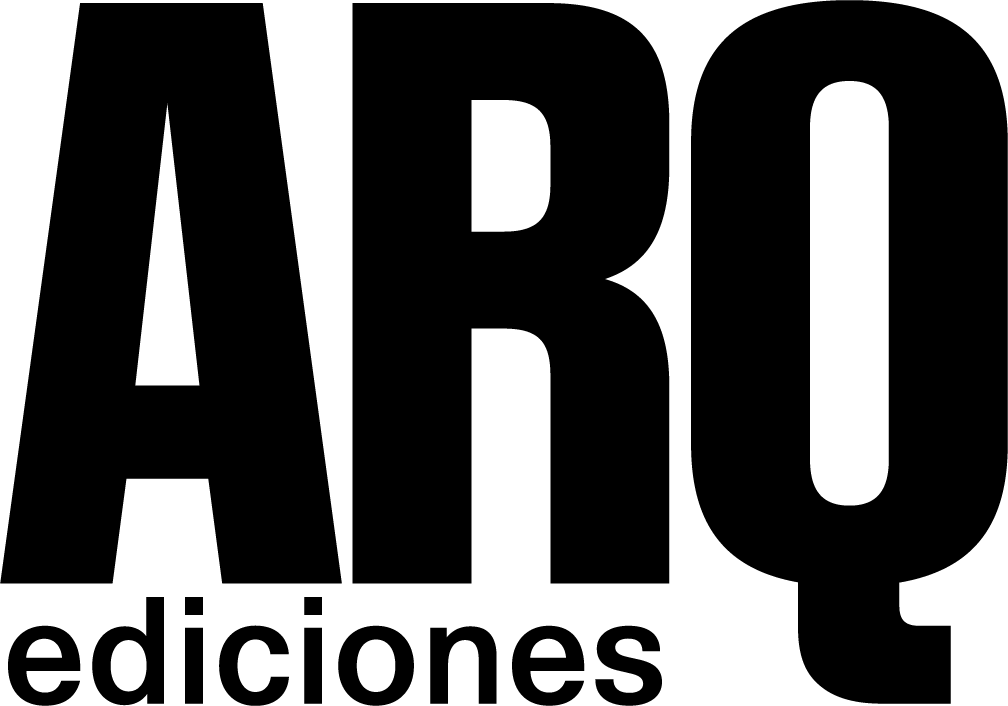Stephannie Fell (ed.); several authors
Journal issue; softcover
20.6 x 27 cm | 156 pp.
Spanish + English
Around the year 2000, a group of anthropologists coined the term “infrastructural turn” to account for a remarkable increase in attention towards infrastructure in academic studies. Drawing on the instability of its meaning, sociologist Susan Leigh Star prompted a historiographical revision of urban technological networks, focusing on aspects that were often overlooked, such as their urban symbolism or everyday forms of living with infrastructure (Star, 1999; Larkin, 2013; Gandy, 2014). Because the word infrastructure encompasses both objects and systems —that connect bodies to each other and to the spaces we inhabit— it does not settle easily in a disciplinary category.
Buy
Buy Internationally
Read on ARQ+
PDF (SciELO)
Journal issue; softcover
20.6 x 27 cm | 156 pp.
Spanish + English
Around the year 2000, a group of anthropologists coined the term “infrastructural turn” to account for a remarkable increase in attention towards infrastructure in academic studies. Drawing on the instability of its meaning, sociologist Susan Leigh Star prompted a historiographical revision of urban technological networks, focusing on aspects that were often overlooked, such as their urban symbolism or everyday forms of living with infrastructure (Star, 1999; Larkin, 2013; Gandy, 2014). Because the word infrastructure encompasses both objects and systems —that connect bodies to each other and to the spaces we inhabit— it does not settle easily in a disciplinary category.

